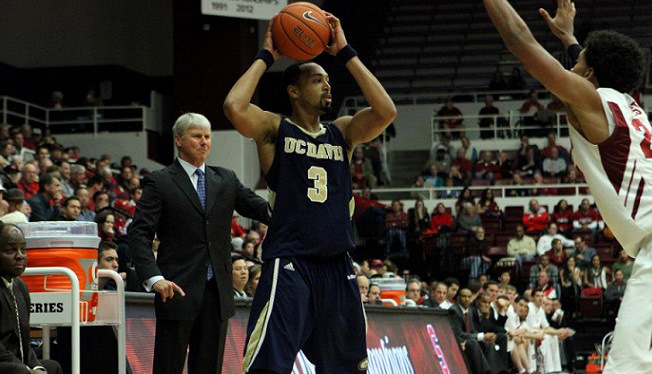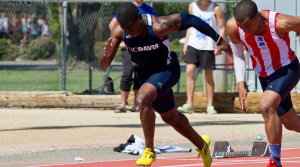Stretching
Stretching is an essential part of any exercise regimen. Following a proper stretching program can prevent injuries as well as improve performance. Jessica Mathews, an ACE Exercise Physiologist, says “Flexibility training is a vital component of a well-rounded fitness program. However, the majority of research to date shows that static stretching (holding a stretch in one position without movement) tends to be best suited for the end of a workout, as it is safer and more effective to stretch muscles that are properly warmed.” She adds that an active, dynamic warm-up is a better way to prepare the body for activity, as this type of stretching helps to increase body temperature, enhance joint flexibility and increase muscle elasticity through a range of motion, functionally preparing the body for the activity to come.
Static and Dynamic Stretching
According to Livestrong.com, the ideal method of stretching in respect to physical activity is to engage in dynamic stretching before activity and static stretching after activity. Recent studies have shown that dynamic stretching is superior to static stretching during the warm up phase as it helps increase flexibility and range of motion better than static stretching. In simple terms, dynamic stretching works to mimic the motions performed in the specific exercise and therefore better prepares the body for those movements. Static stretching describes techniques that involve stretching a muscle in a single position without moving.
Our Recommendation
Our website contains instructions for both static and dynamic stretches. We suggest you perform mostly dynamic stretching before exercise and static stretching after exercise.


